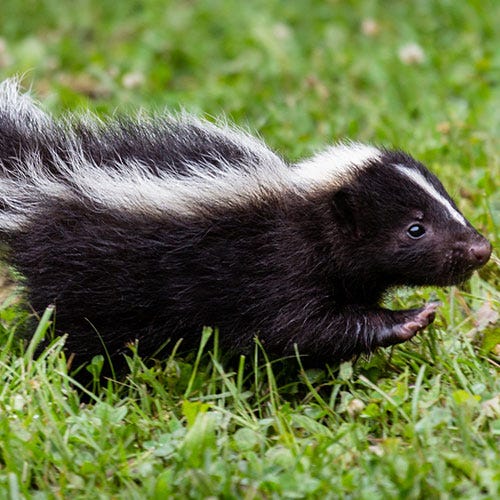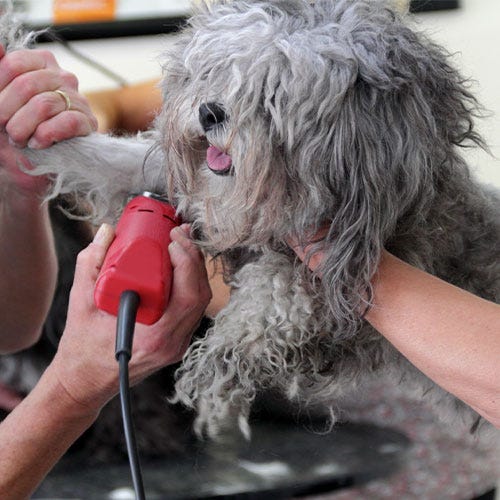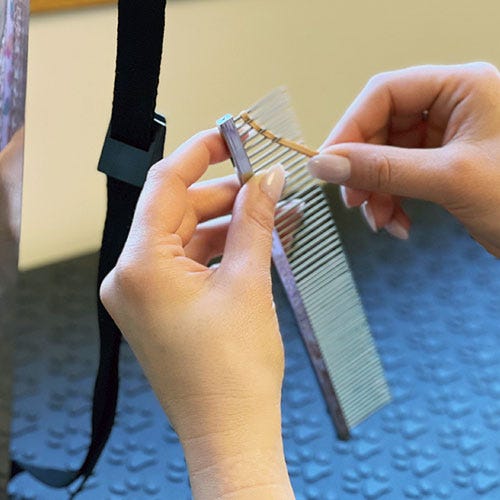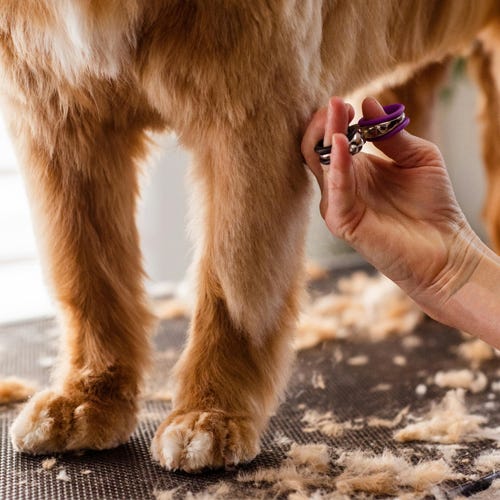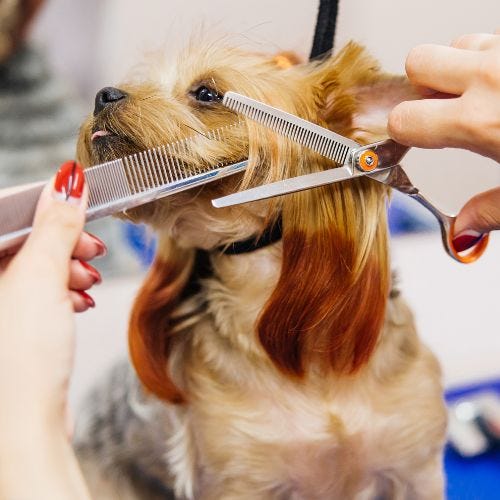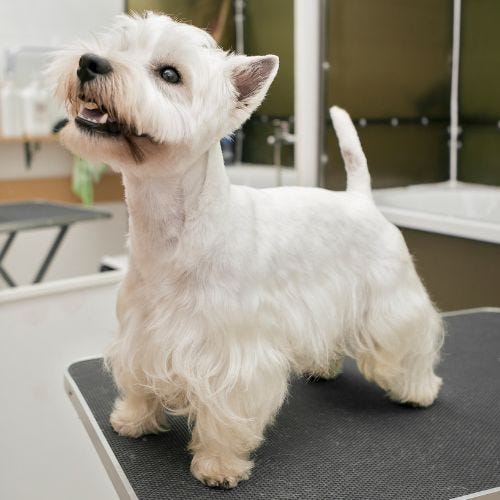If you live in a climate that experiences winter weather, your phone may be starting to ring now that warmer weather is here with frantic pleas for help with pets that have met a skunk. In cold climates, skunks spend the winter in a sleepy state called torpor. In the spring, they awaken and search for food and a mate. Skunks are most active between dusk and dawn, and woe to the dog or cat that frightens it because skunks use their scent glands with impressive accuracy to deliver their powerful stench where it will repel their opponent best, usually right in the face.
The odor in skunk spray is comprised of an organic compound called thiols. Thiols contain sulfur(well known for smelling terrible) and can bind strongly to the proteins in skin and hair. This is why it is so difficult to effectively remove skunk scent from pets. Once it binds to those proteins it can't be simply washed off.
A popular skunk scent antidote was created by chemist Paul Krebaum, who came up with a solution designed to neutralize the potent smell. His recipe is 1-2 teaspoons of liquid dish soap, ¼ cup of baking soda, and 1 quart of 3 percent hydrogen peroxide. (Note: hydrogen peroxide has a limited effective shelf life and should be replaced regularly to ensure you will have the desired results.) It should be mentioned that this solution may lighten dark-colored coats.
If you live with pets or are a groomer willing to help tackle the smell of a customer's pet after a run-in with a skunk, keeping these ingredients on hand is a good plan. Alternately, there are effective commercial products. To be effective, any product needs to break down the oily spray and alter the chemical composition of the spray so it can be neutralized.
When water meets the oily spray from a skunk, it disperses it further through the coat and actually activates some of the molecules that cause the offensive odors, so the way you apply any solution matters. (Note: If the pet has gotten the spray in its eyes and is distressed, seek veterinary attention because it can damage the cornea.)
- You should wear gloves to prevent the scent from bonding to your skin.
- DO NOT PRE-WET THE PET.
- Apply the skunk solution or shampoo directly to the coat with a sponge, cloth, or shower scrunchie. Work the product well through the coat from root to tip, allowing it to contact the skin as much as possible. Avoid contact with the animal's eyes and use caution around the mouth, discouraging the pet from licking as much as possible.
- Let the solution remain in contact with the skin and coat for five minutes.
- Rinse and repeat the above procedure.
- Use a conditioner to replace the natural oils and sebum you have just washed off to help maintain healthy skin and coat.
Having a pet sprayed by a skunk is a miserable experience, but storing products and solutions to tackle this stinky situation can save the day.


